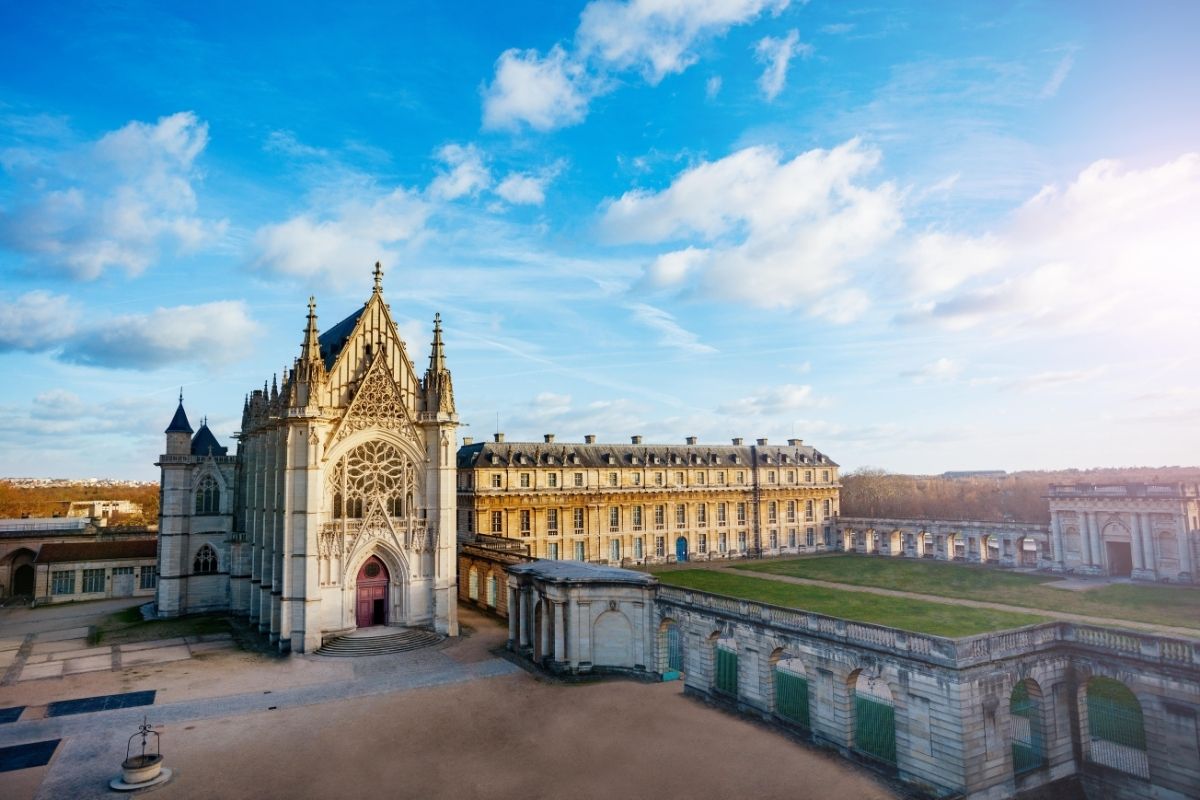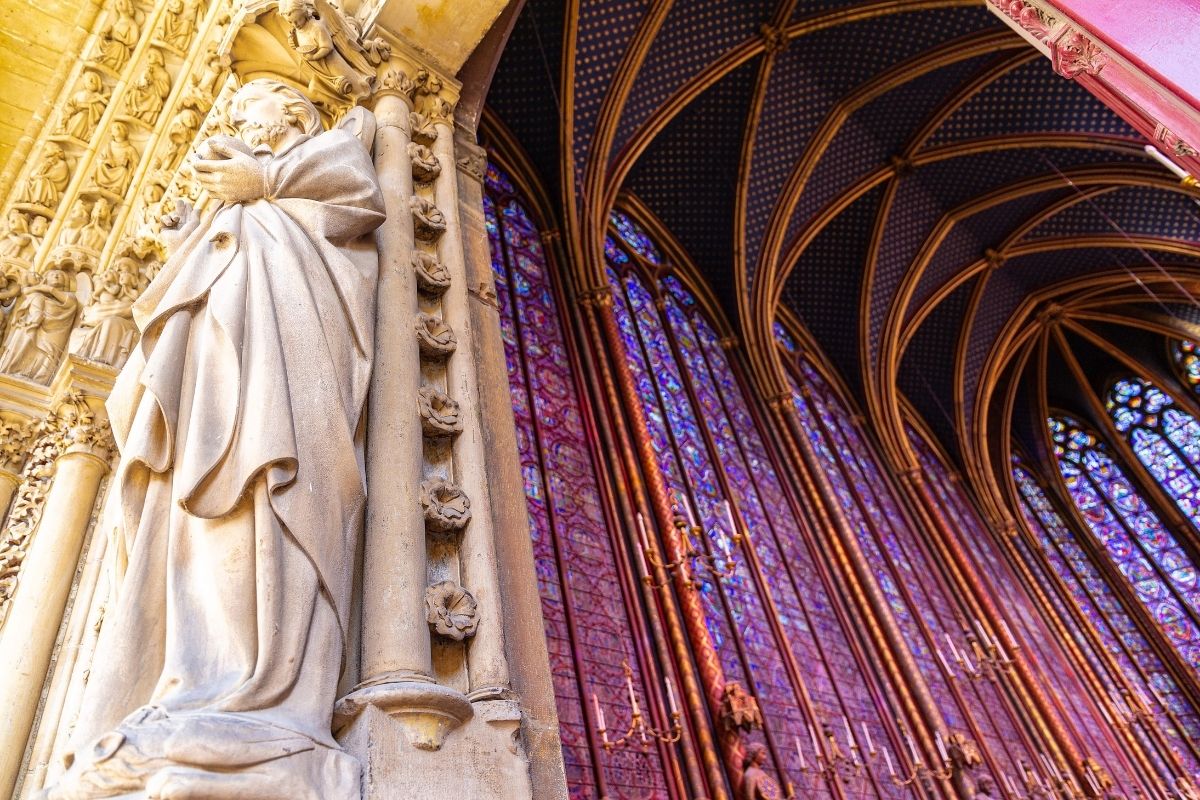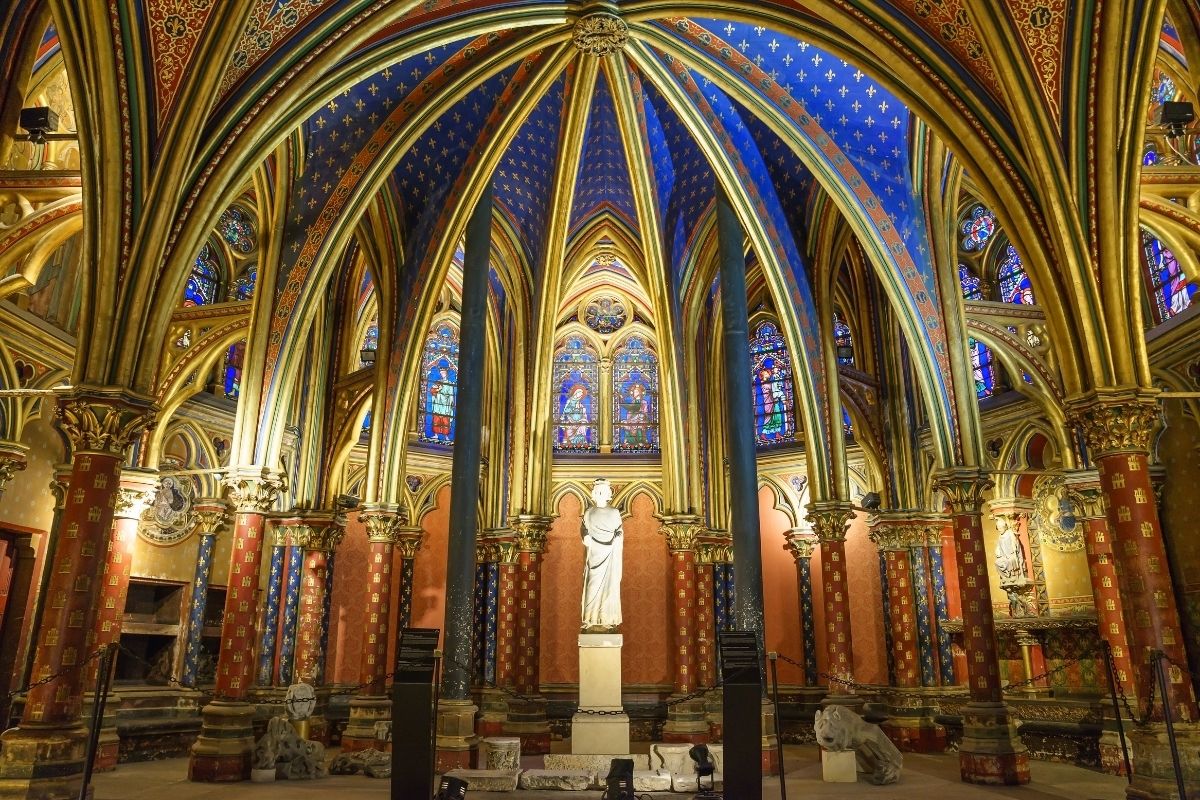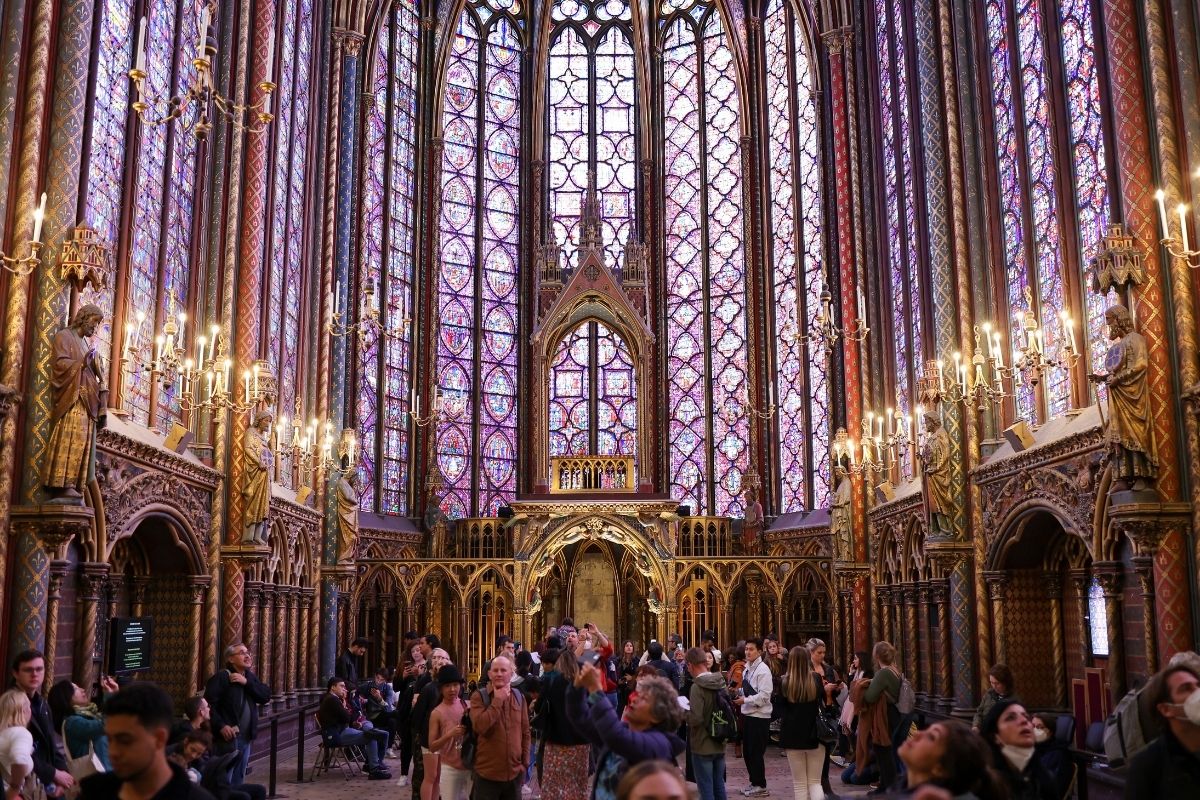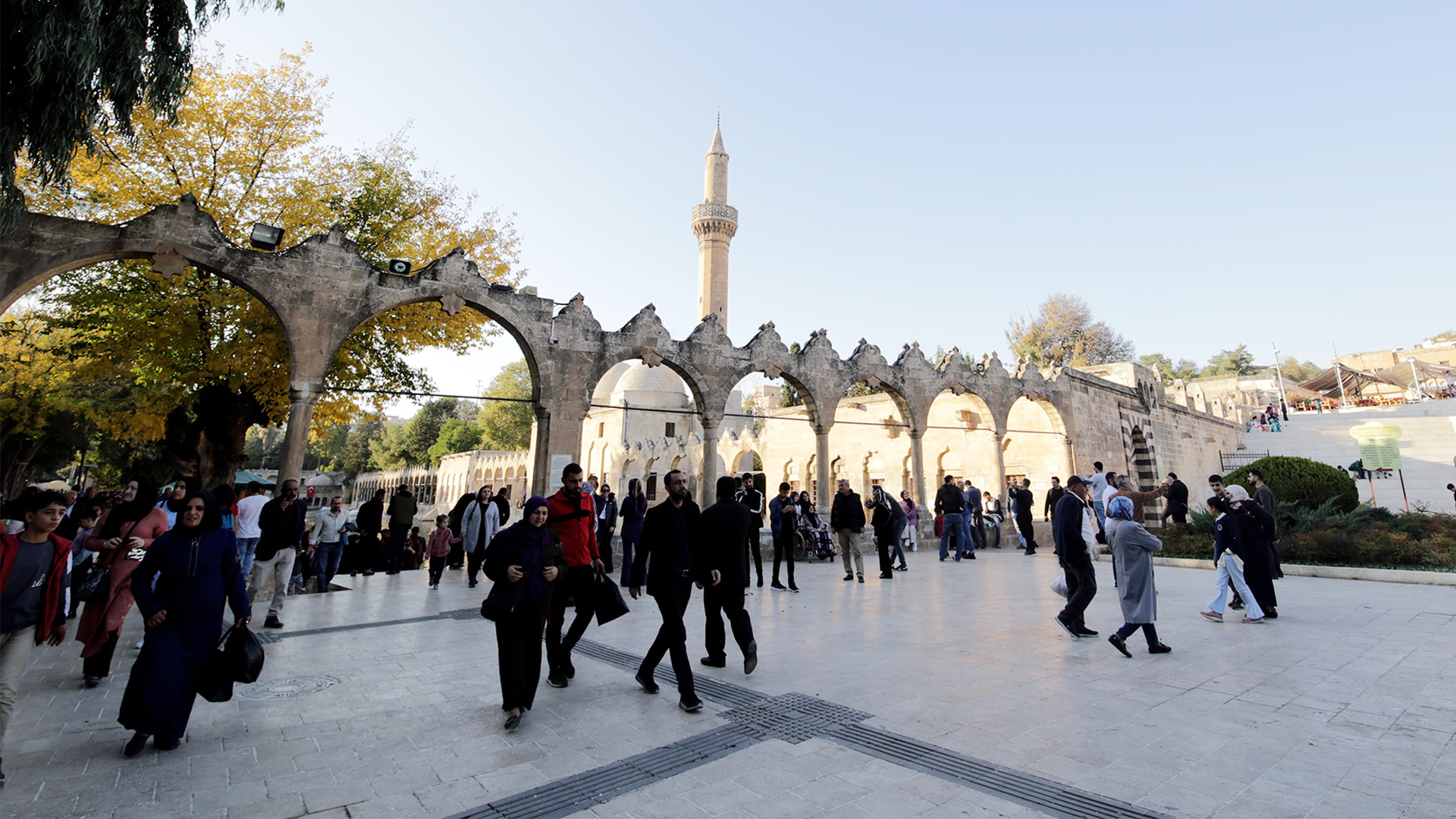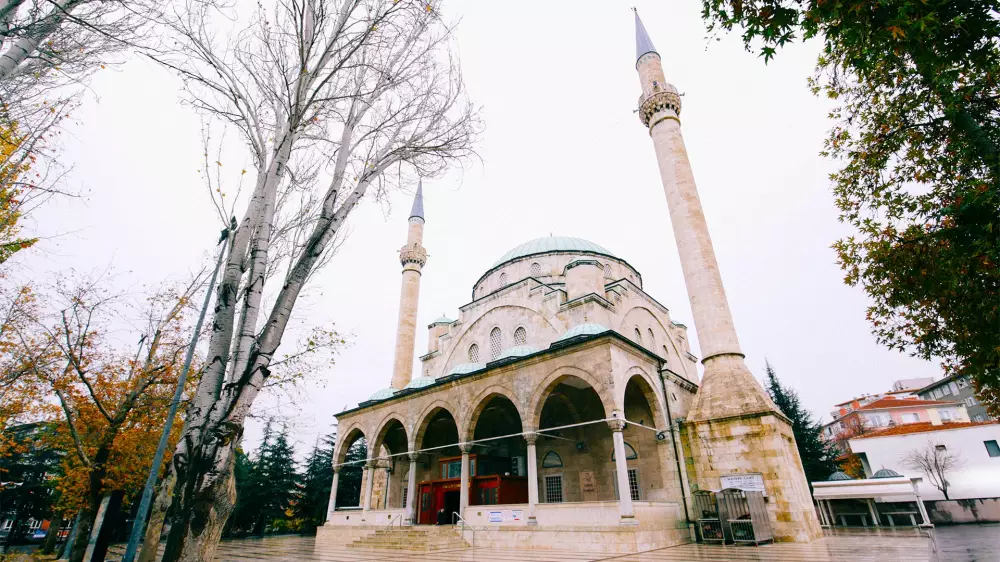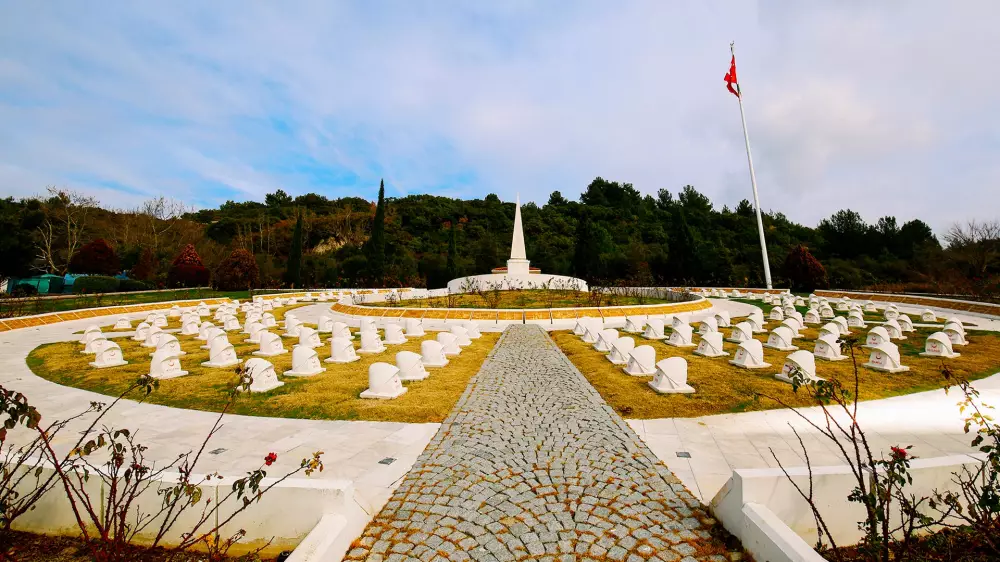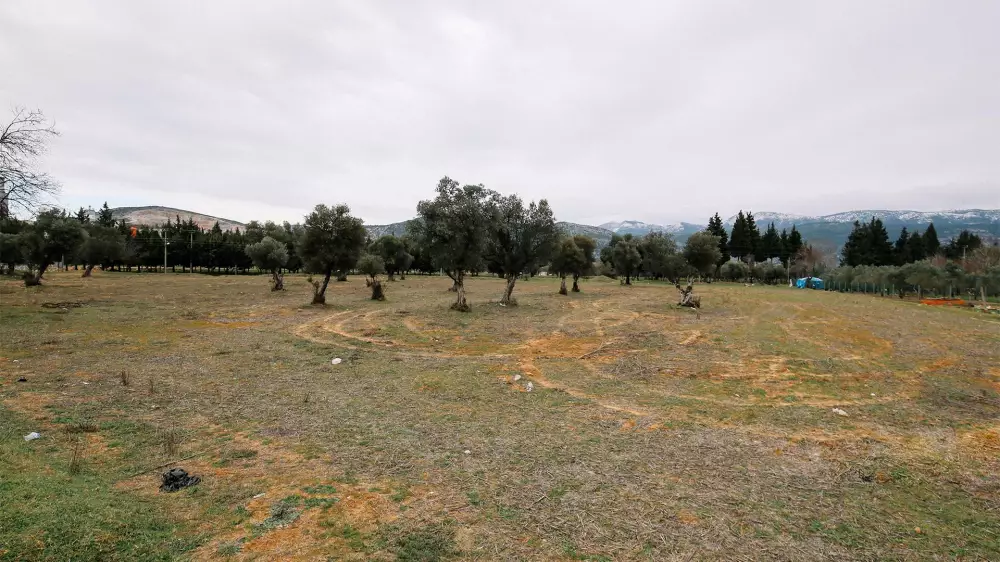
Sainte-Chapelle
18.10.2024 12:56
Sainte-Chapelle, located on the Île de la Cité in Paris, is a stunning example of Gothic architecture dating back to the 13th century. Commissioned by King Louis IX (Saint Louis) in 1248, its primary purpose was to house important Christian relics such as the Crown of Thorns and the Holy Lance. The chapel is renowned for its towering stained glass windows and intricate designs that make it one of Paris’s most remarkable historical and religious sites.
History of Sainte-Chapelle
The Acquisition of Sacred Relics:
King Louis IX purchased the Crown of Thorns and other Christian relics from the Byzantine Emperor in the 13th century. These relics, considered among the most sacred in Christianity, were housed in Sainte-Chapelle, cementing its importance as a religious site.
Construction and Purpose:
Construction began in 1241 and was completed in 1248. The chapel was built in the royal palace, designed as both a palace chapel and a showcase for the relics. The building consists of two levels: the lower chapel, used by the palace staff, and the upper chapel, reserved for the royal family and home to the relics.
Architectural Features
Overview:
Sainte-Chapelle is a masterpiece of Gothic architecture, showcasing towering vertical structures, narrow supports, and delicate features that give the building a sense of weightlessness. The most striking elements are its stained glass windows, which depict over 1,100 scenes from the Bible.
High Gothic Style:
The building exemplifies the High Gothic style, with thin walls and expansive glass panels. The upper chapel’s walls are almost entirely made of stained glass, bathing the interior in a kaleidoscope of colors when sunlight filters through.
Stained Glass Windows of Sainte-Chapelle
The chapel's 15-meter-high stained glass windows, containing 1,113 individual scenes, are a visual representation of biblical stories from the Old and New Testaments. The windows are arranged in such a way that they tell a continuous story, starting from the book of Genesis and moving through to the Passion of Christ. The intricate details of these windows make them one of the finest examples of medieval stained glass art in the world.
Restorations
Damage During the French Revolution:
During the French Revolution, much of the chapel was vandalized, and the relics were scattered. The chapel itself sustained heavy damage, leading to multiple restorations over the centuries.
19th and 20th Century Restorations:
Famed architect Eugène Viollet-le-Duc spearheaded significant restoration efforts in the 19th century, carefully restoring the damaged stained glass and architectural elements. Further conservation work was done in the 20th and 21st centuries to preserve the chapel's intricate details.
Cultural and Religious Significance
Sainte-Chapelle remains a vital part of France’s cultural heritage. In addition to religious ceremonies, it has become a venue for classical music concerts, taking advantage of its exceptional acoustics and ethereal atmosphere. The chapel continues to serve as a reminder of medieval France’s deep Christian roots and artistic achievements.
Visiting Sainte-Chapelle
Sainte-Chapelle is open to visitors year-round. It opens daily at 9:00 AM, and closing times vary depending on the season. Tickets can be purchased online or on-site, though online bookings are recommended to avoid long queues. The best times to visit are early in the morning or late in the afternoon to experience the breathtaking effects of sunlight filtering through the stained glass.
Concerts:
Throughout the year, Sainte-Chapelle hosts classical music concerts, providing visitors with an unforgettable experience of listening to live music in a historic setting.
Gallery
